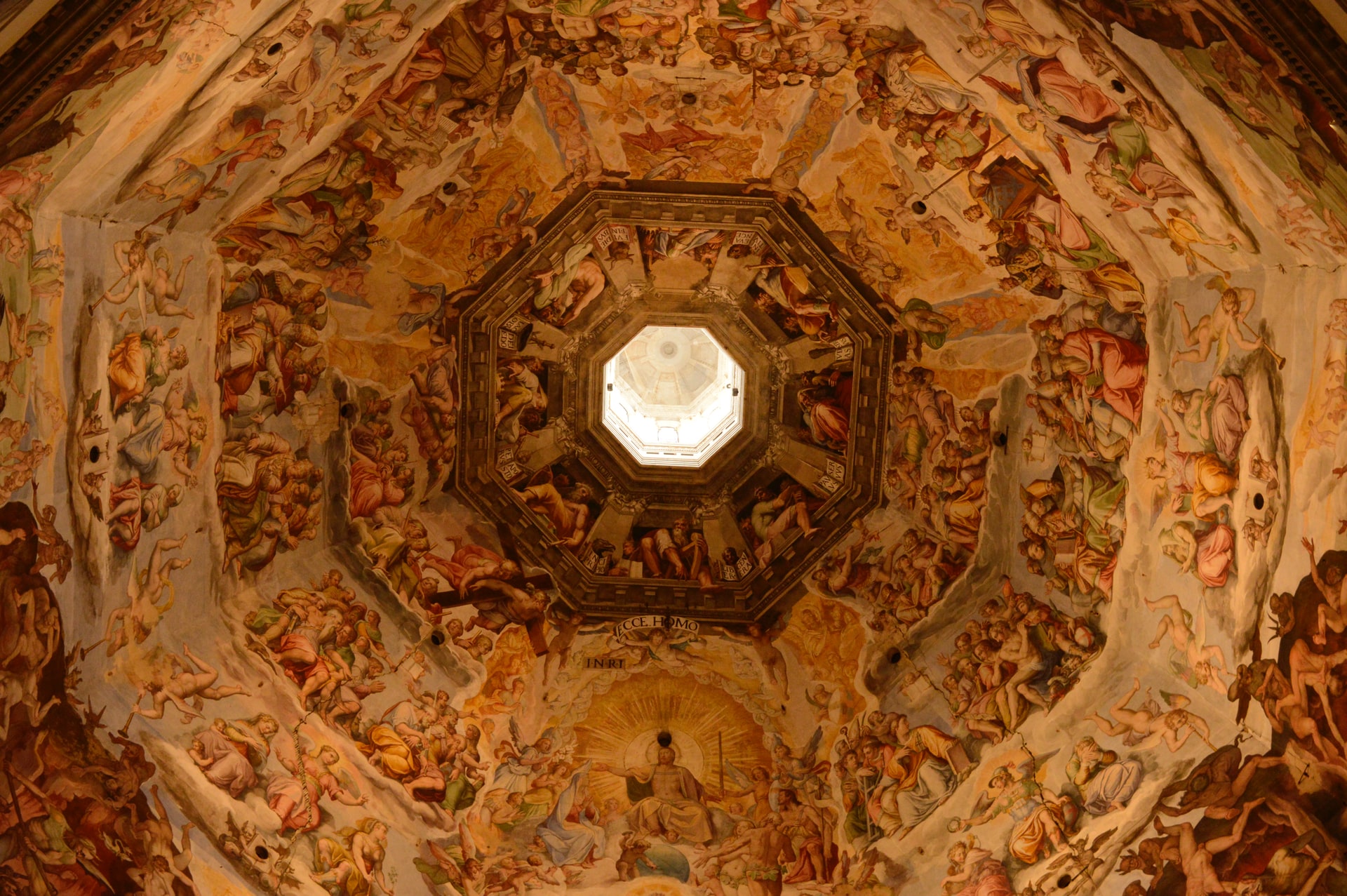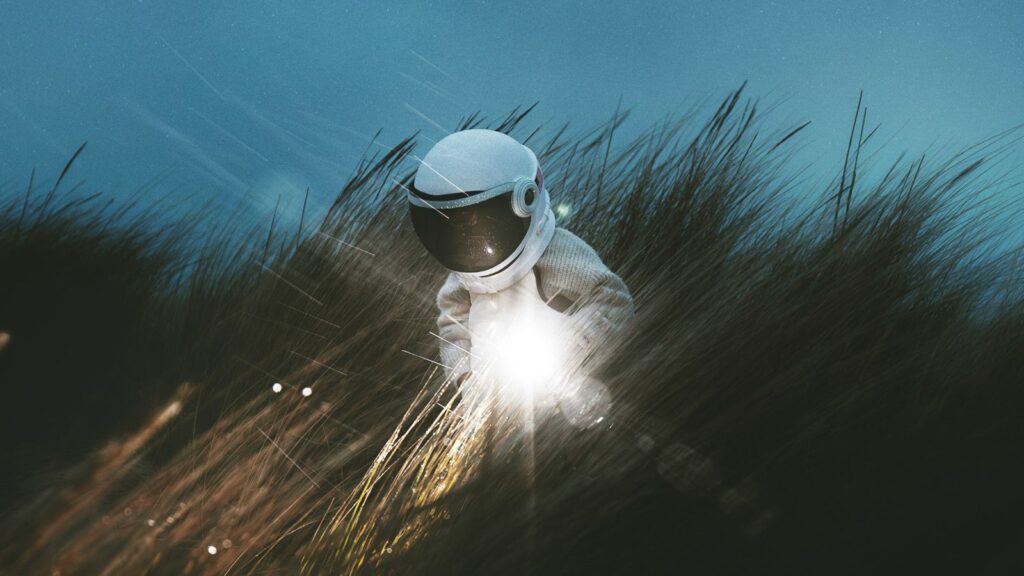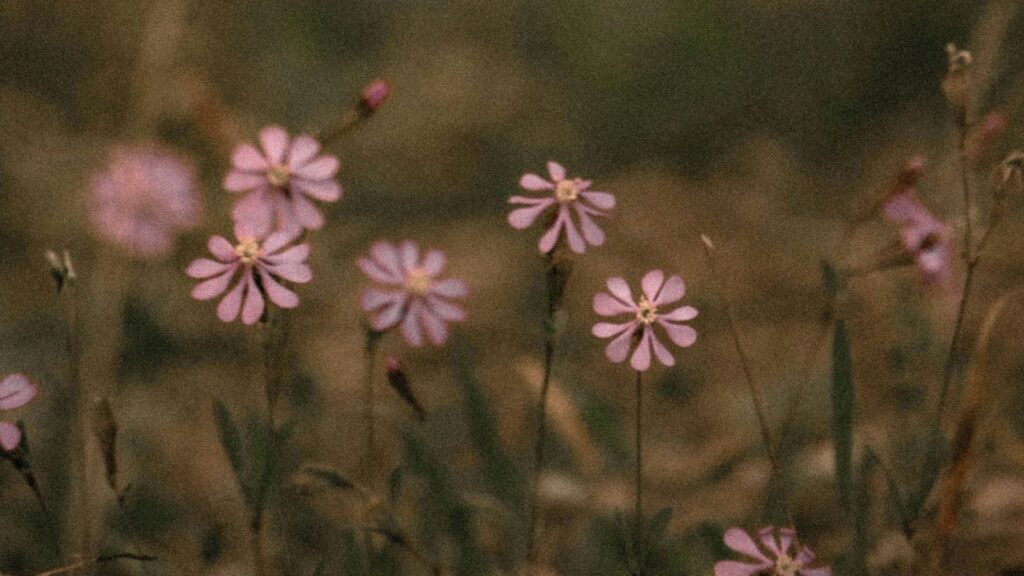Lately, I’ve been thinking a lot about Patanjali’s Yoga Sutra 1.23, which states that the most direct method of attaining the state of yoga (samadhi) is Ishvara Pranidhana, or, devotion and surrender to Ishvara.
To know what to surrender to, we must first understand what is Ishvara. Often, the translation is given simply as “God”, but if you’re like me and grew up with conflicting images and ideas of what “God” is, it becomes more complicated. The Brahmins (the Hindu religious caste) think of Ishvara as the Supreme Being—which I take to mean the “big bearded guy in the sky”. For me, this is a difficult concept to grasp because I didn’t grow up with a faith in God as part of my culture. Sure, I heard about “God” on television and in the Sunday school my parents sent us to (I think just to get us out of the house on Sundays), but no one in my family actively worshipped or went to church, or even believed in God as far as I can tell.
The yogis (Patanjali included of course) had a different definition, thatIshvara is the supreme teacher that resides in each of us as our Purusha—what we might think of as our Higher Self. Now, this is a definition that I can get behind. As in the rest of my life, I need to experience things directly in order to fully understand them, and this is no different with yoga. At various times in my life, I’ve been in direct communication with this supreme teacher and it has always led to breakthroughs in my personal development.
During journeys with entheogenic (from the Greek meaning “divine within”) substances such as ayahuasca, I believe that we have the opportunity to encounterIshvara if we focus and don’t allow ourselves to get lost in visions of serpents and crystalline palaces. There’s another potential danger that once we connect with the great teacher, we may confuse it with an outside spiritual entity. In the case of ayahuasca, often a person may feel compelled to project the cultural beliefs of the presiding shaman on this experience and thus imagine that they are conversing with “Mother Ayahuasca” or some other plant spirit.
While I believe that these plants and substances do have their own spirit and identity, it’s my assertion that they lead us to Ishvara, the great teacher, not an outside spiritual entity separate from ourselves.
Interestingly, I’ve also had this connection to Ishvara happen completely spontaneously. Early one morning I awoke from a dream with my whole body buzzing and the surety that I had a direct link with the all-knowing—that my mind was a radio and the dial was locked to WGOD. Every question that arose in my mind was swiftly answered with a clarity that I had never experienced before, and it took me some time to come down from the experience. I felt at the time that I might never return to “normal”.
Patanjali states that we can experience this linkage with Ishvara through rigorous yoga practice and dedicated adherence to the yamas and niyamas, but with entheogens the linkage can happen very quickly—sometimes unexpectedly—and without proper preparation and context may create more confusion than clarity. The sutras warn about this, that the mental and emotional disturbances (vritti) caused by our misperceptions and imagination can lead to much pain and suffering (dukha), and it’s my experience that without the grounding of an actual yoga practice, use of substances such as ayahuasca, DMT, LSD and psilocybin-containing mushrooms can indeed cause plenty of confusion and ultimately more suffering.
On the other hand, I feel that these plant teachers can help us reach new levels in our yoga practice, and in the absence of an in-the-flesh guru, can prove to be invaluable. But we need to remember that their real value is their ability to lead us further within—to our own Purusha, our divine inner teacher—and not succumb to the temptation to exchange our present reality—however much suffering it may hold—for the fantastic and enticing world of light and spirit.
As the Buddhist teacher Thich Nhat Hahn reminds us, “Without mud, there is no lotus”. Like the lotus, we need to stay rooted in this experience in order to blossom into our fullest expression of the divine creative source. It’s that connection to what’s real that allows us to fully surrender to the all-knowing force that resides in all of us, and in everything around us—to practice Ishvara Pranidhana.
<3















